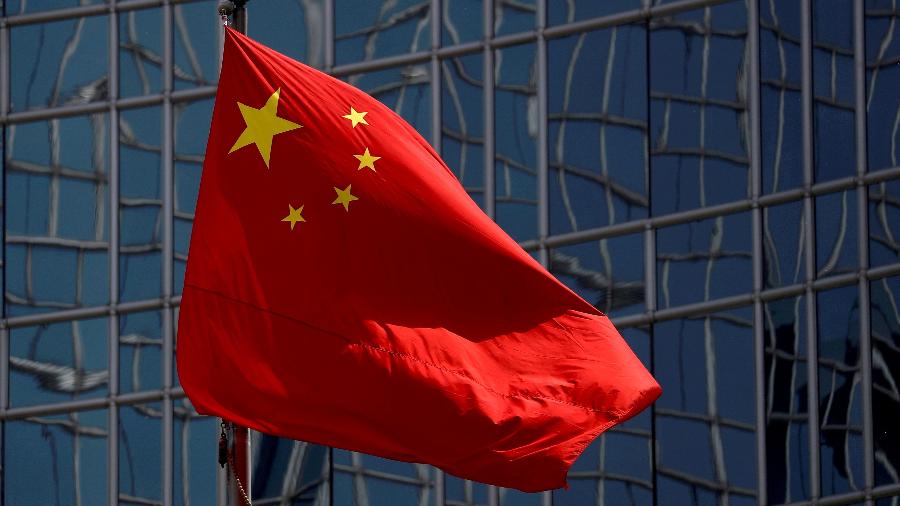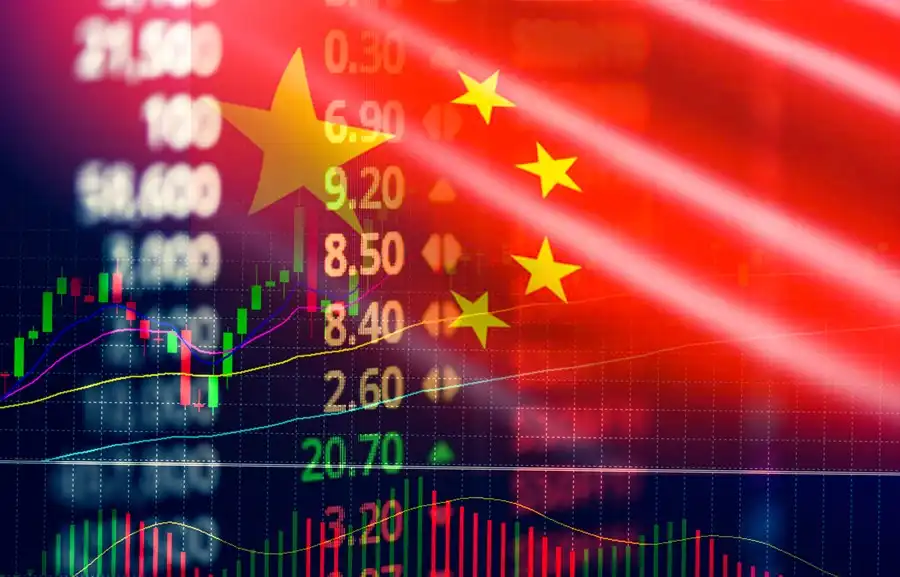The investment landscape in the US is interconnected with global economies, and as such, fluctuations in international markets can have significant ripple effects. One example is the Chinese economic slowdown, which has potential implications for various investment portfolios in the United States. Investors must remain vigilant and adaptable to such shifts, understanding how these dynamics can affect both risks and opportunities.
China’s economic performance has long been a driving force in the global market. A deceleration in its growth can influence sectors, stocks, and industries in the US. By recognizing the signs and projecting the potential consequences, investors can better navigate these turbulent waters and adjust their portfolios accordingly to mitigate risks and capitalize on emerging opportunities.
The impact of China’s slowdown on US investments

China’s economic slowdown can affect US investments through various channels. The decline in demand for commodities, such as oil and metals, could lead to price reductions, impacting US companies reliant on these sectors. Additionally, American businesses exporting to China might face diminished revenues as Chinese consumers cut back on spending.
Furthermore, investor sentiment can be influenced by global economic uncertainties. A stagnant Chinese economy might lead to cautious investor behavior, potentially prompting shifts in capital flows. These changes may impact asset prices and volatility, necessitating a strategic reassessment from investors looking to protect and grow their portfolios in changing circumstances.
Navigating sector-specific impacts
Different sectors in the American market are affected variably by China’s economic conditions. For instance, the technology sector, which often relies on manufacturing and sales in China, could experience disruptions. Conversely, sectors less exposed to Chinese markets may evidence more resilience. Investors should conduct sector-specific analysis to identify trends and adjust their allocations based on anticipated market shifts.
Moreover, investors can look into companies with diversified revenue streams that can withstand regional economic slowdowns. Understanding the dependency of firms on the Chinese market and evaluating their strategies for navigating economic downturns abroad will be critical in making informed decisions. This approach ensures a well-balanced and strategically oriented portfolio.
Mitigating risks and seizing opportunities
Adapting investment strategies to address potential impacts from China’s slowdown involves both risk mitigation and the pursuit of new opportunities. Diversification remains a key principle, as spreading investments across different regions and asset classes can reduce exposure to China-specific downturns.
Investors can also seek out opportunities in emerging markets or industries less correlated with China’s economic performance. By identifying emerging trends and growth areas, savvy investors can not only hedge against risks but also capture upside potential in underexplored segments. Staying informed and agile is crucial in capitalizing on these evolving market dynamics.
Practical steps for portfolio adjustment
To adjust portfolios effectively, investors should regularly review and analyze market conditions and their exposure to susceptible sectors. Utilizing financial data, economic reports, and professional insights can provide a comprehensive picture of potential impacts.
Investors might also consider deploying hedging strategies or allocating a portion to defensive assets that tend to perform well in volatile or slow-growth environments. Engaging in continuous education and staying abreast of financial news will enable investors to anticipate changes and react proactively, preserving portfolio value amidst uncertainty.
Conclusion
While the slowdown of the Chinese economy presents challenges, it also offers opportunities for those prepared to navigate its complexities. A strategic and informed approach to adjusting your investment portfolio can safeguard against potential losses and position you for new growth prospects.
In summary, understanding the interconnectedness of global economies and its influence on US investments is essential. By actively monitoring trends, diversifying holdings, and remaining agile, investors can effectively manage risks and harness opportunities in the face of China’s economic slowdown.


